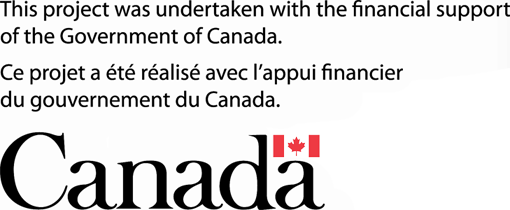Partners


This work is supported in part by:
Government of Canada through the Privy Council Office’s Democratic Institutions Secretariat
Contributors
- Tiffany Kwok
- André Côté
- Sam Andrey
- Nina Rafeek
- Zaynab Choudhry
- Suzanne Bowness
- Marium Hamid
- Angus Lockhart
- Jake Hirsch-Allen


